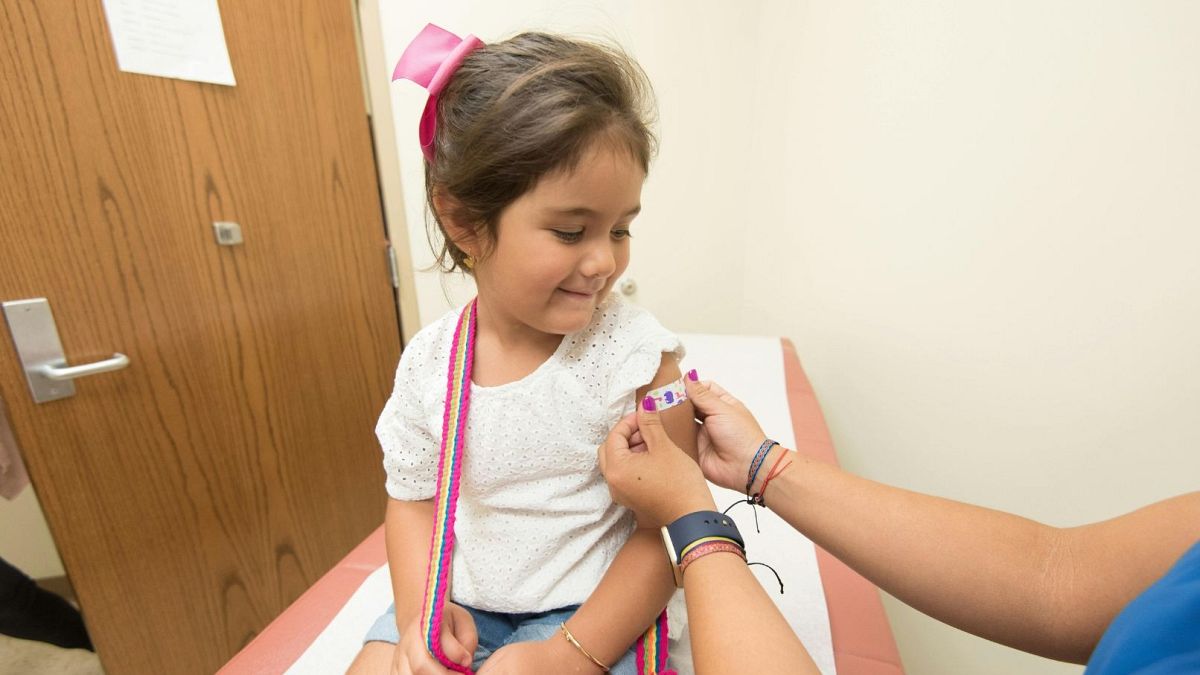

In recent developments across the globe, two significant public health issues have come into focus: childhood vaccination rates in Europe and teenage vaping habits in Australia. These trends provide both opportunities for optimism and areas that require continued attention and action.
Across Europe, health officials are drawing attention to a concerning lag in childhood vaccination rates. This trend has raised alarms about the potential vulnerability of children to outbreaks of preventable diseases such as measles. Complacency regarding routine vaccinations has been identified as a contributing factor that creates an environment where misinformation can flourish, potentially influencing parents’ decisions about immunizing their children. Therefore, authorities are emphasizing the need for heightened awareness and education to reverse this trend and ensure that children are protected against severe and preventable health threats. The challenge remains to find effective strategies to increase vaccination uptake, ensuring that communities build collective immunity to protect their most vulnerable members.
In contrast, a more positive development is underway in Australia, where teenage vaping appears to have reached a pivotal turning point. New data reveals a decline in vaping rates among Australian teens, particularly those aged 14 to 17. According to health minister Mark Butler, this decrease indicates a potential peak in the uptake of vaping within this age group, following years of rapid growth. The drop in rates, from 17.5% at the beginning of 2023 to 14.6% by April 2025, suggests that anti-vaping campaigns and public health initiatives could be making an impact. This trend offers hope that awareness campaigns and policies designed to curb teenage vaping are beginning to be effective, with some teens expressing that there is a social stigma associated with the behavior. Continued efforts remain crucial to maintain and accelerate the decline, safeguarding young people from the health risks associated with vaping.
These public health issues underscore the importance of sustained advocacy, education, and policy interventions. While Europe grapples with ensuring high immunization rates among children to prevent the resurgence of diseases, Australia can celebrate a small victory in the battle against teenage vaping. Both situations highlight the broader need for global public health endeavors to adapt and respond to changing challenges, fostering environments where health can thrive. The gradual decline in vaping in Australia, alongside efforts to escalate vaccination rates in Europe, offers a hopeful glimpse into the power of dedicated public health initiatives to bring about positive change. As these narratives continue to unfold, they serve as a reminder of the vital role that informed community action and engagement play in shaping healthier futures for all.
Source: {link}
